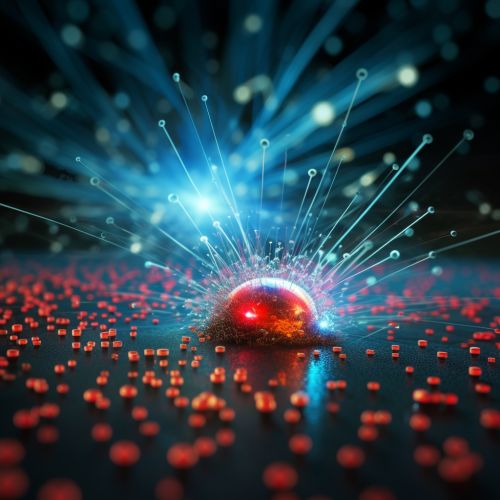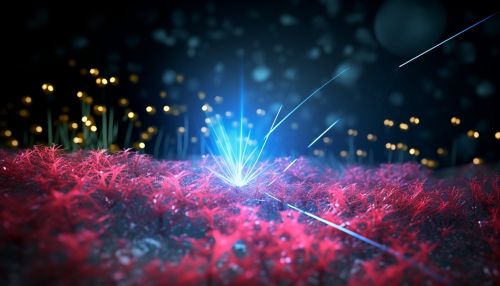The Role of Nanoparticles in Photothermal Therapy
Introduction
Photothermal therapy (PTT) is a therapeutic approach that employs nanoparticles to convert light energy, typically from a near-infrared (NIR) laser, into heat. This heat is then used to destroy targeted cells, such as cancer cells, without harming the surrounding healthy tissue. This article delves into the role of nanoparticles in photothermal therapy, highlighting their properties, types, and the mechanisms through which they enhance PTT.


Properties of Nanoparticles in PTT
Nanoparticles used in PTT are designed with specific properties that make them suitable for this therapeutic approach. These properties include:
Size and Shape
The size and shape of nanoparticles play a significant role in their absorption and scattering of light, which directly affects their photothermal conversion efficiency. Nanoparticles with larger sizes and irregular shapes tend to have higher absorption cross-sections, leading to improved photothermal performance.
Surface Plasmon Resonance
Surface plasmon resonance (SPR) is a phenomenon where conduction electrons on the nanoparticle surface oscillate in resonance with incident light. This property is crucial in photothermal therapy as it enhances the absorption of light, thereby increasing the photothermal conversion efficiency of the nanoparticles.
Biocompatibility
For nanoparticles to be suitable for PTT, they must be biocompatible. This means that they should not induce any adverse immune responses or toxicity in the body. Biocompatible nanoparticles can circulate in the body for extended periods, allowing for efficient accumulation in the target area.
Types of Nanoparticles Used in PTT
Several types of nanoparticles have been explored for their potential in photothermal therapy. These include:
Gold Nanoparticles
Gold nanoparticles (AuNPs) are among the most commonly used nanoparticles in PTT due to their unique optical properties, such as strong SPR. They can be synthesized in various shapes and sizes, allowing for tunable absorption in the NIR region.
Carbon-Based Nanoparticles
Carbon-based nanoparticles, such as graphene and carbon nanotubes, have also been used in PTT. These nanoparticles exhibit strong NIR absorption, making them efficient photothermal converters. Additionally, their large surface area allows for the loading of therapeutic agents, enabling combined photothermal and drug therapy.
Magnetic Nanoparticles
magnetic nanoparticles, particularly iron oxide nanoparticles, have been used in PTT due to their ability to generate heat under an alternating magnetic field. They can also be guided to the target area using an external magnetic field, improving the specificity of the therapy.
Mechanisms of Nanoparticles in PTT
Nanoparticles enhance photothermal therapy through several mechanisms:
Light Absorption and Heat Generation
Upon exposure to a NIR laser, nanoparticles absorb the light energy and convert it into heat through non-radiative relaxation processes. This heat is then transferred to the surrounding cells, leading to their destruction.
Enhanced Permeability and Retention Effect
Nanoparticles can preferentially accumulate in tumor tissues due to the enhanced permeability and retention (EPR) effect. This effect arises from the leaky vasculature and poor lymphatic drainage in tumors, allowing nanoparticles to penetrate and remain in the tumor tissue.
Active Targeting
Nanoparticles can be functionalized with targeting ligands that bind to specific receptors on the target cells. This active targeting approach enhances the specificity of the therapy, ensuring that only the diseased cells are destroyed.
Conclusion
Nanoparticles play a crucial role in photothermal therapy, enhancing the efficiency and specificity of this therapeutic approach. Their unique properties, such as size, shape, and SPR, contribute to their photothermal conversion efficiency, while their biocompatibility ensures their safe use in the body. Various types of nanoparticles, including gold, carbon-based, and magnetic nanoparticles, have been explored for their potential in PTT. Through mechanisms such as light absorption, heat generation, the EPR effect, and active targeting, nanoparticles can effectively destroy targeted cells without harming the surrounding healthy tissue.
